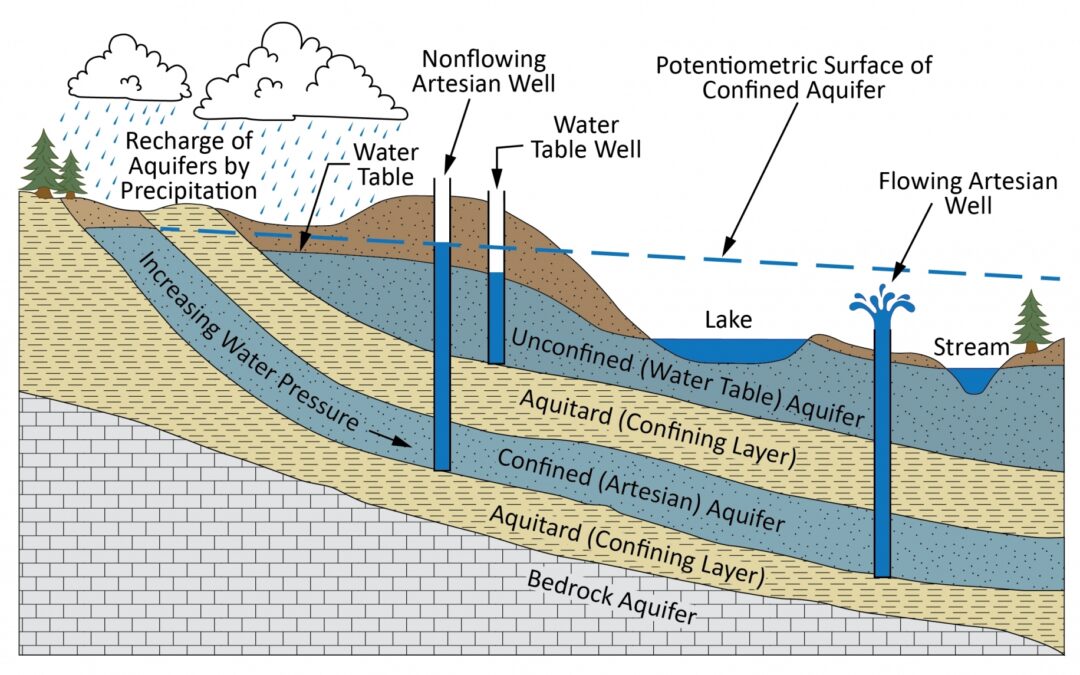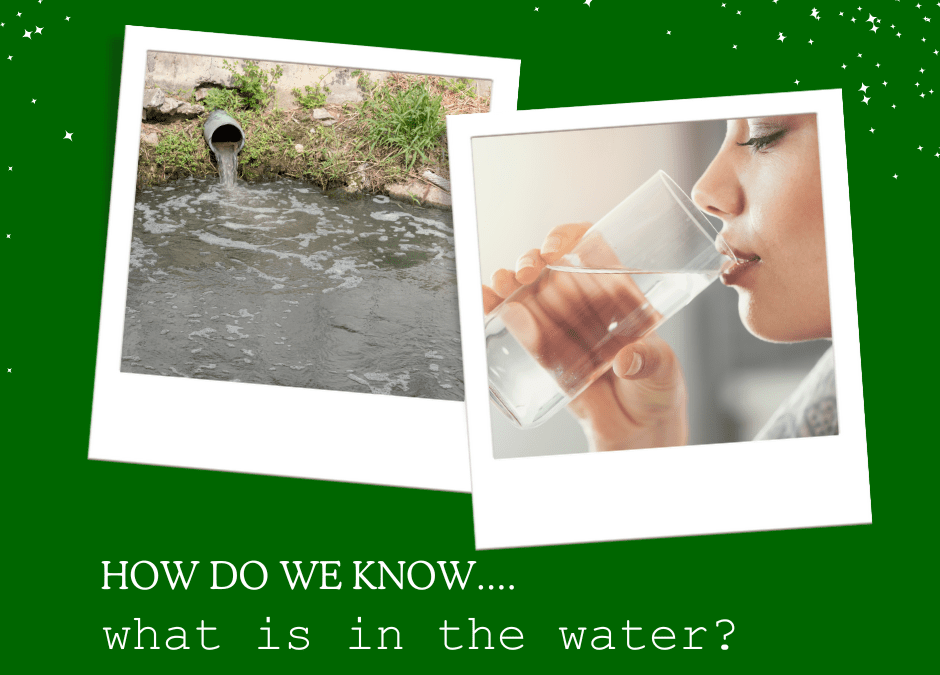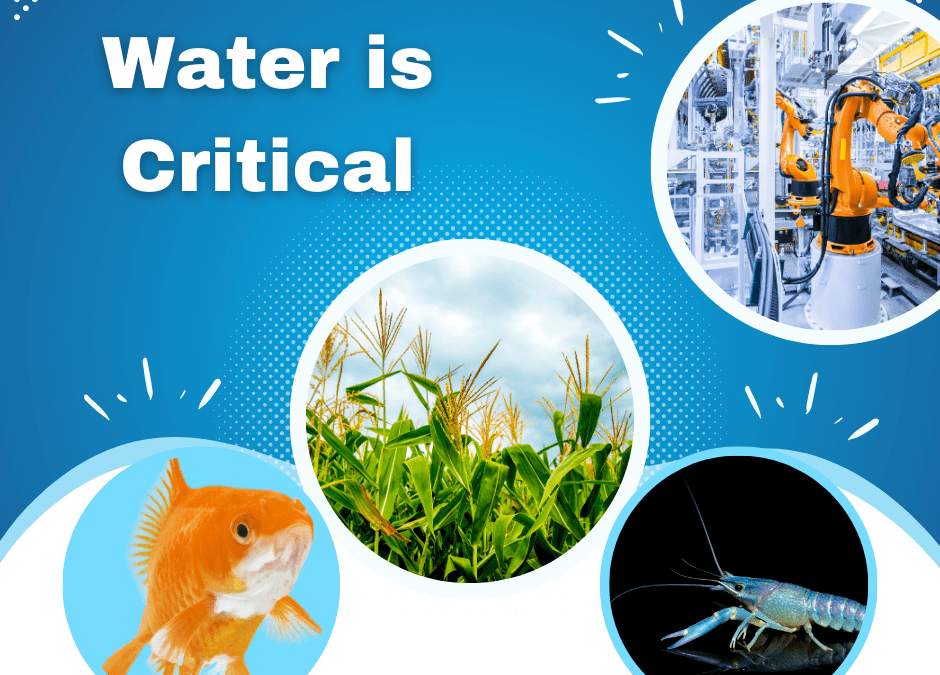
by Debbie Palmer | Apr 16, 2024 | General, Lake Info, Water Quality, Watershed
photo credit: Utah Geological Survey Last August I wrote an article focused on Indiana water rights, and the lack thereof. In that article I stated “We are blessed with plenty of water in Marshall County. I assume that means the aquifers are bountiful however I...

by Debbie Palmer | Mar 26, 2024 | Aquatic Vegetation, General, Lake Info, Water Quality, Watershed
My last article introduced the subject of nitrogen pollution from fertilizers causing problems both through runoff into local waterbodies and by infiltrating into the ground water and ending up in our drinking water. I have seen this referred to as “the environmental...

by Debbie Palmer | Mar 13, 2024 | Lake Info, Water Quality, Watershed
Nitrogen is a stable, non-reactive gas, essential for the air we breathe. Nitrogen combines with oxygen to form Nitrate (NO3), where it acts as a key nutrient for plant growth. Nitrate is a primary chemical component of manure and fertilizer; it is the N in the N-P-K...

by Debbie Palmer | Mar 5, 2024 | Aquatic Vegetation, General, Lake Info, Water Quality, Watershed
In November of last year I wrote an article about Clear Choices Clean Water®, a program designed to increase awareness about the choices we make and the impacts they have on our streams, rivers, lakes, and reservoirs. I ended the article by saying: “LMEF will...

by Debbie Palmer | Jan 31, 2024 | General, Watershed
According to an EPA factsheet, Indiana has over 35,000 miles of rivers and streams, 100,000 acres of publicly owned lakes and reservoirs, and 50 miles of Great Lakes shoreline. As stated in a 2014 study by the Indiana Chamber of Commerce, the Hoosier state is one...

by Debbie Palmer | Jan 3, 2024 | General, Lake Info, Watershed
I had a recent visitor who asked a very important question “Where do the turtles go in the winter?” Anyone who has spent any time on Lake Maxinkuckee in the summer knows we have a healthy turtle population. But where do they go in the winter? What do they eat and how...








Recent Comments